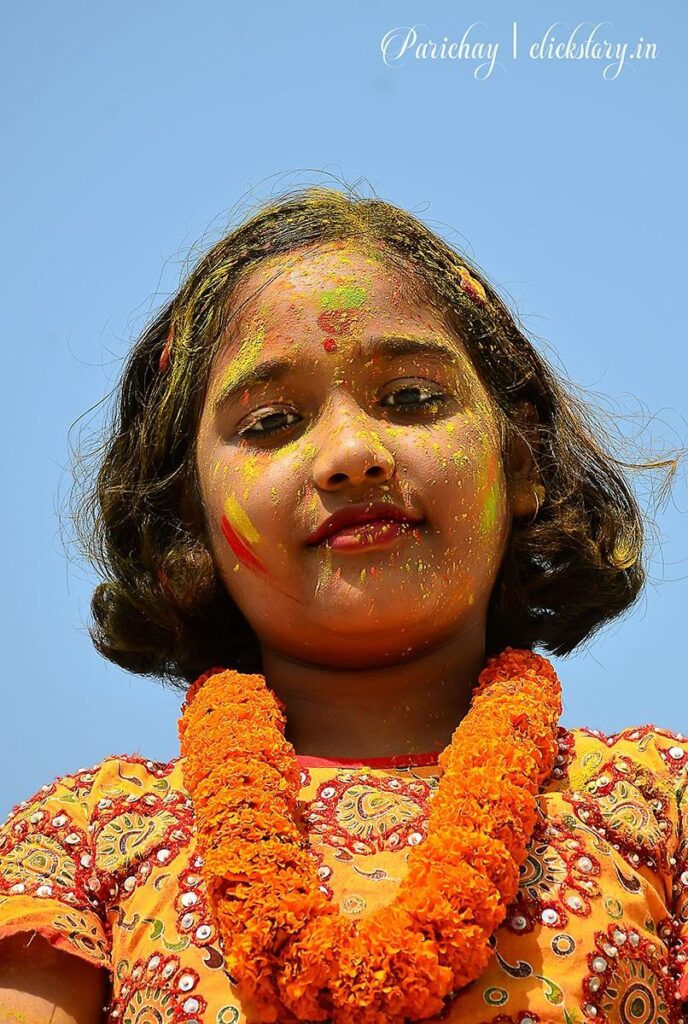Portrait photography is the most common forms in photography. It is the art of capturing a human being or group of people’s face, facial feature and facial expressions are obvious. Portrait or portraiture photographers aim is to focus on the person’s face. They aim to give emphasis on the face of the person because this will also be the focus or the emphasis of the photograph. This does not mean, however, that the person’s body or even the background will no longer be included. Under portrait photography, these can still be included in the photo by the portrait photographer but again, the focus or the emphasis should be on the person’s face, facial expression and even distinct facial features. Presently, faceless portraiture become popular in photography.
Quite often people think that a simple snapshot of human face is portrait. But in portraiture the subject has to be prepared before the final frame. A still position and angle with light effect are very much necessary to take portrait photos.
There is no as such hard and first rule for portraiture and it is quite easy to snap the facial expressions at the same time too hard if the snap is professional level.

Essential approaches in portraiture are as follows:
a) Constructionist approach: this is where the portrait photographer builds a certain “ambience” for the total look of the portrait. For instance, the photographer, with the consent of the subject/s of course, would develop an idea around the portrait – smiling, happy couple, for one. A confident new graduate. An honest looking business executive. A blushing bride who’s so eager to start her new life. These are just a few of the ideas that a portrait photographer can work on when developing a photo taken with the constructionist approach in mind.
b) Candid approach: This is where the subject is photographed without his or her knowledge, hence, candid. One could most probably say that this is the “informal” type of portrait photography since the subject does not look at the camera directly. However, a lot of portrait photographers like to use this approach, as it’s less invasive and can really capture a certain emotion.
c) Environmental approach: depicts the subject in their surrounding or environment. For instance, in their work place. A portrait can be taken of the subject being in his office, with a photo of his country’s president or of his favourite global leader as background.
d) Creative approach: is where digital manipulation is included in the process. The end result usually is a magical, very attractive and visually appealing portrait.


beautiful